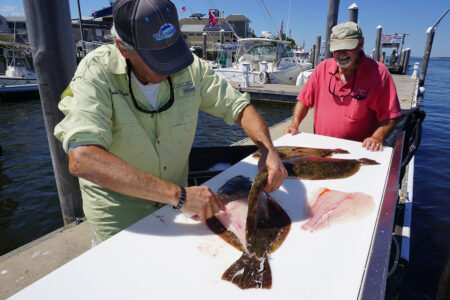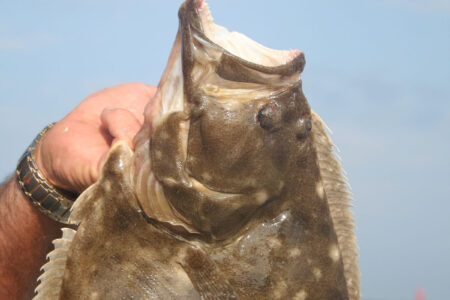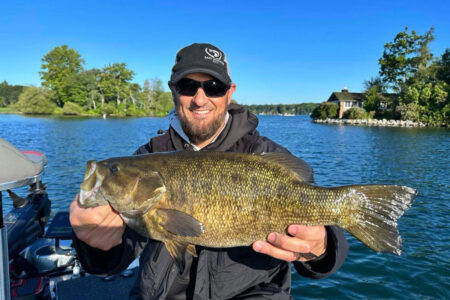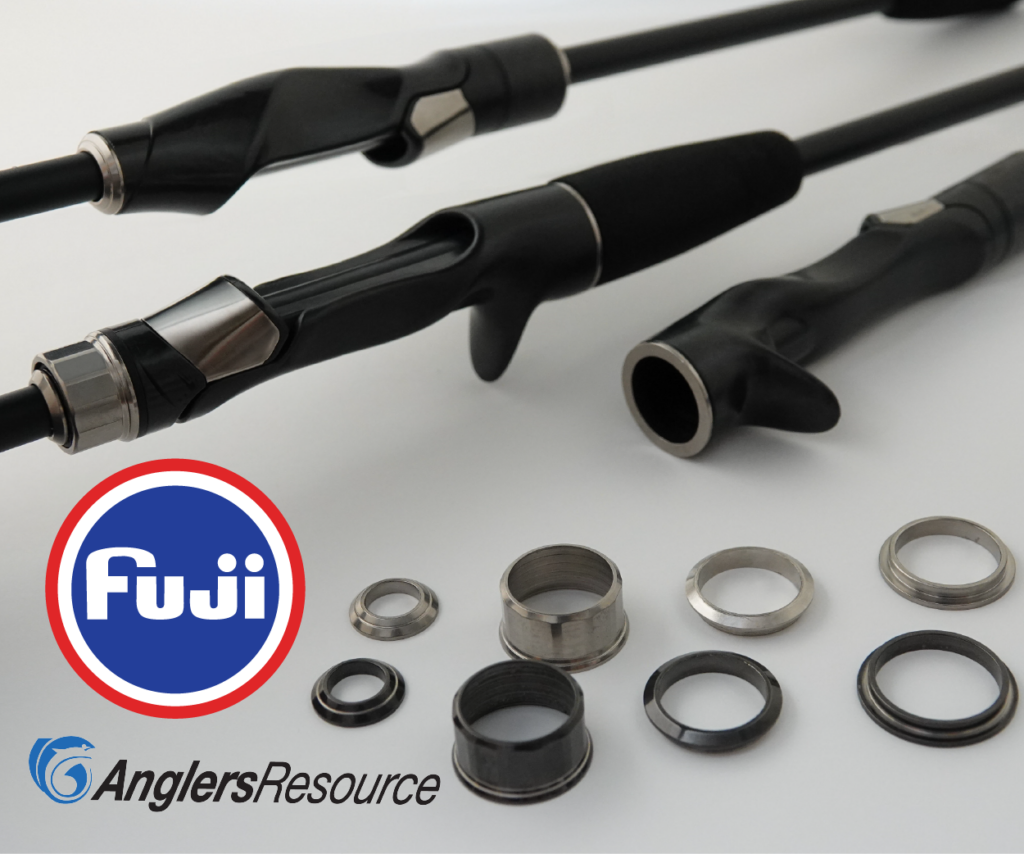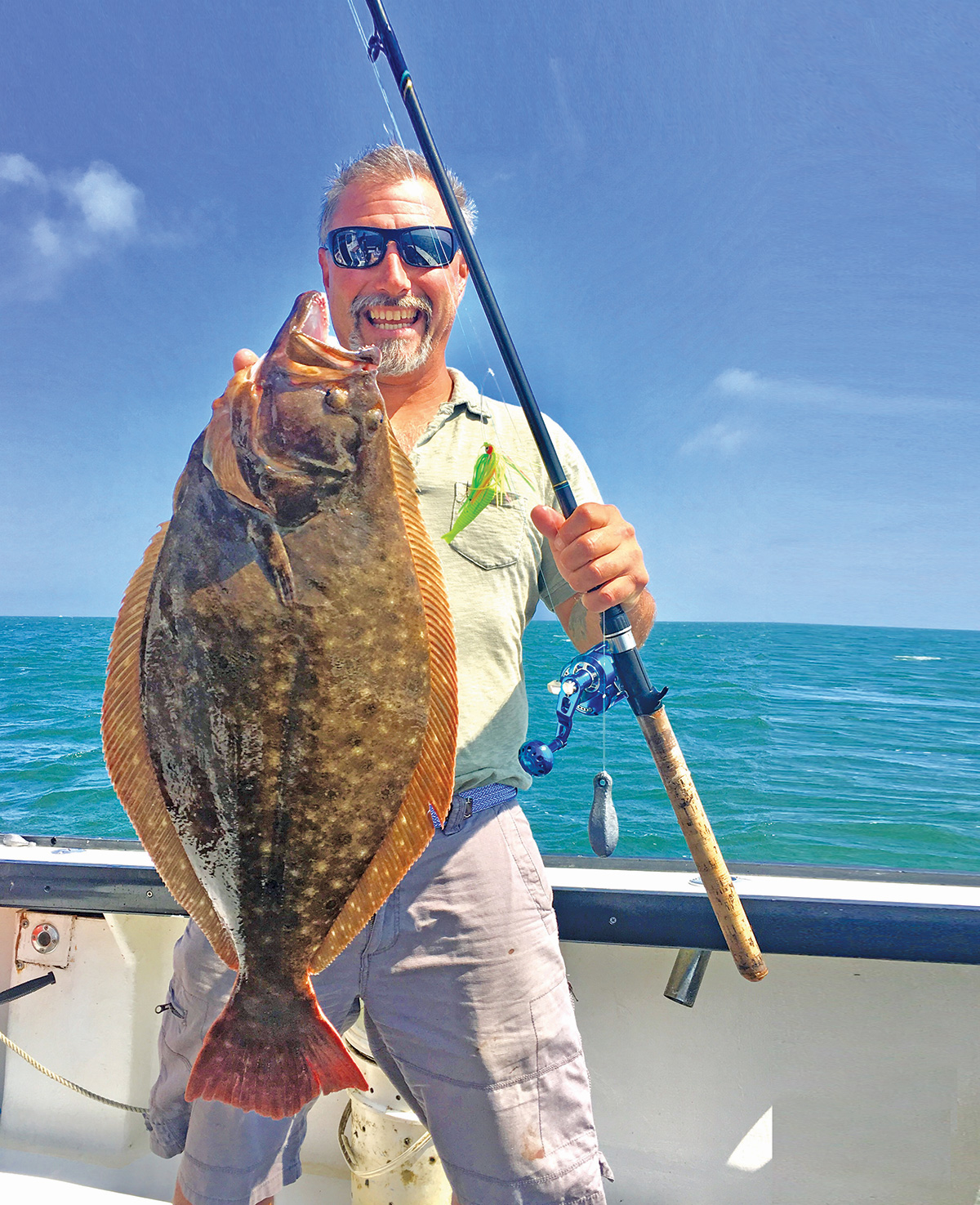
If you are on the hunt for a big fluke, there is no better place than Montauk to connect with fish from 8 pounds to the mid-teens.
Whether you call them fluke or summer flounder, they are one of the most popular and frequently targeted species by anglers in our region. And for those who target them, catching a double-digit summer flattie is often a long standing goal. The sight of a doormat size fish emerging from the depths causes panic in some anglers, and anxious moments for others until the fish is safely in the net. Fluke are aggressive feeders and they also make great table fare, but the goal of catching a true doormat is often the greater motivator for targeting these fish. Catching fluke of any size translates to fun fishing. It is generally low pressure fishing that the whole family can enjoy, but when big fluke go on the feed, it’s time to get serious if you hope to score that double-digit doormat.
If you are on the hunt for a big fluke, there is no better place than Montauk to connect with fish from 8 pounds to the mid-teens. There are many areas that provide a shot at a big fluke, but they fall far shy of the numbers of big fish that prowl Montauk waters. Montauk is hands down, the place to concentrate your efforts if you are passionate about catching big fluke.
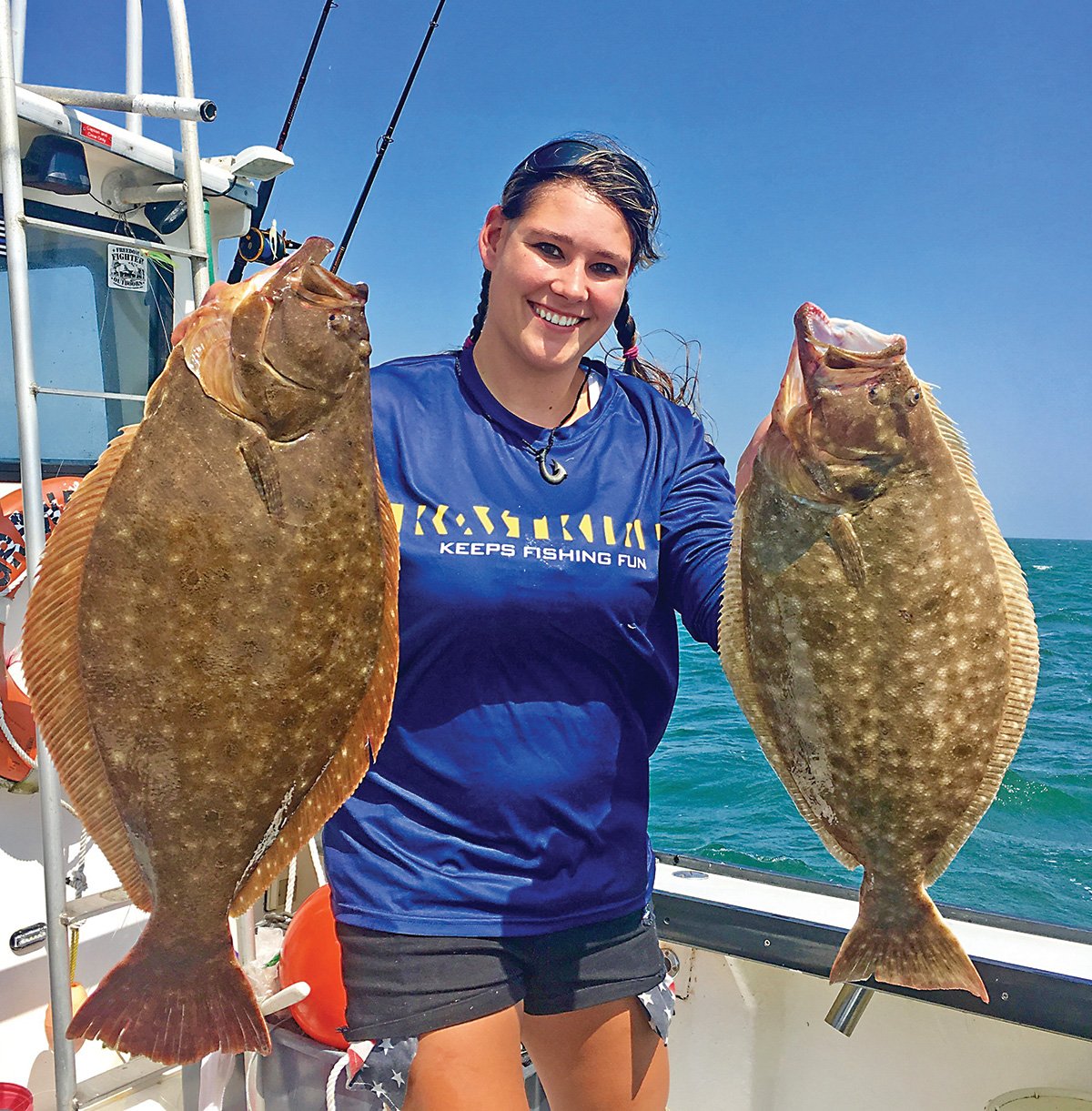
Beginning with the season opener in May, Montauk is primed to produce some big fluke. As spring yields to summer’s heat, doormat catches increase as schools of jumbo fluke take up residence in the cool, bait-rich waters off “The End” and settle in for a prolonged stay. August has long been my favorite month to target double-digit fluke, however, September has produced a crazy amount of big fluke off of Montauk’s south side the last couple of seasons. The only problem with September is the weather can become more unstable than summer, resulting in fewer calm days. However, when the weather is right, fishing for the biggest kind of fluke can be off the charts. Last September, one private boat angler fishing alone scored fluke of 10, 11, 11, and 13 pounds in just a couple of hours off the south side!
Beginning in early September, massive schools of bait consisting of sand eels, squid, and young of the year snapper blues will be transiting through Montauk waters as they migrate south. This large population of baitfish is a huge reason why big fluke concentrate off Montauk this time of year. For most anglers, a trip that produces a single 8-pound fluke is a good trip. I’ve had September trips in Montauk that have left me shaking my head in wonder at the quality of the fluking. This began in the early ‘80s when as a kid I made a memorable trip aboard the famous Lazy Bones party boat. Capt. Mike loaded the coolers that morning trip with several fish over 10 pounds and too many 4- to 8-pounders to count.
That trip reigned supreme in my memory bank until about four years ago when I put three anglers on my Grand Slam onto a ferocious fluke bite. This memorable trip produced one 14-pounder, three 10-plus pounders, and six more fluke between 4 and 8 pounds in just two hours of fishing, as we raced an approaching storm front. That my friends is a heck of a fluke trip.
Of course, not every September trip will produce a doormat fluke. However, if you put the time in under good conditions and fish an entire tide, the odds are good you will put some impressive fluke in the cooler by day’s end. It’s also a given that you’ll have a nice bycatch of jumbo porgies and humpback sea bass on ice also.
Tackle for the September fluke run should really consist of two outfits, one lighter rig with a stiff, fast action tip for jigging bucktails, and another heavier, slow action outfit for dragging bait rigs. I love to fish bucktails for fluke, but there will be times in Montauk when the drift is too fast to bucktail effectively. I use bucktails when the drift speed allows me to touch bottom with bucktails up to 5 ounces in weight. My bucktail rig starts with 4 feet of 30-pound fluorocarbon leader to which I tie on a small barrel swivel to one end of the leader. To the other end, I attach a medium sized snap swivel for ease of bucktail changing. I then bend my leader in half, and tie in a large dropper loop at the mid-point. This dropper loop gets a riveted bucktail teaser and a 5/0 Mustad Big Gun, straight shank, hook. I like to tip my bucktail rigs with two large spearing on both the bucktail and teaser hooks. I also use various Berkley Gulp baits, but many times the spearing does a bang-up job all by itself. I like to use any color bucktail or teaser as long as it’s white.
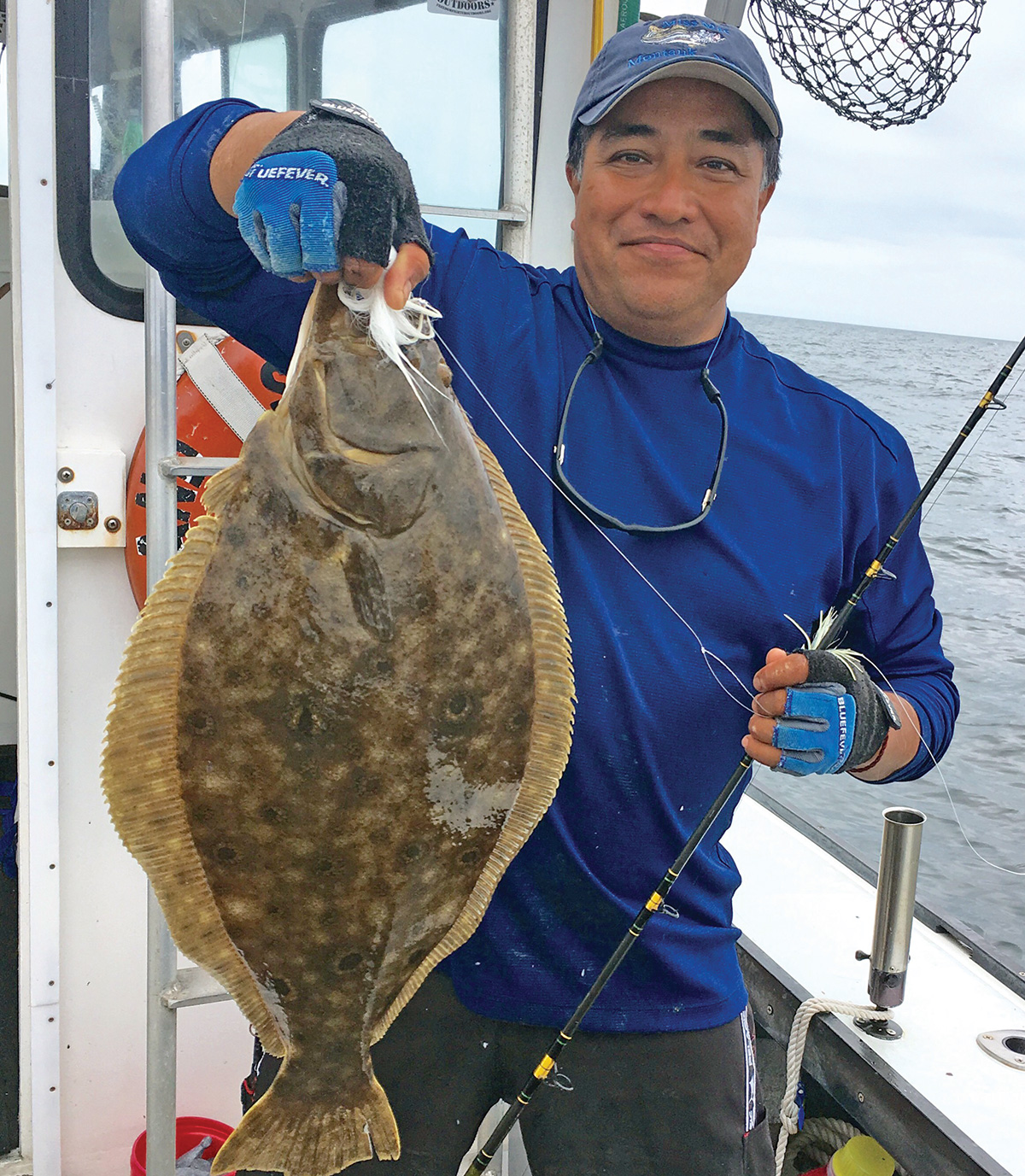
Once the drift approaches 2 knots it’s time to drag bait with 6 to 12 ounces of lead. Recently I had great success with bait rigs on simple 3-way swivels. I again use Mustad 5/0 hooks and 30-pound fluorocarbon leaders for my bait rigs. My hook leaders are about 3 feet, and 6 inches for sinker loops. I’d suggest always using the lightest sinker possible to keep contact with the bottom, but there are times when heavy payloads will be needed. To keep any bucktail or your sinker down, I highly suggest using braid as the main line. Because of the structure in Montauk, I rarely use lighter than 30-pound test. Several years back I switched all my braided line to KastKing, and I’ve never looked back. KastKing has many different types of braided line for different fishing situations. I feel their Maxthin Braid, which is 30 percent thinner than comparable pound test line, is the way to go for almost every fluke fishing situation. Good, fresh strip baits are the key when doormat hunting. I’m partial to strip baits sliced from freshly caught porgies, bluefish, sea robins and keeper sized fluke. I also have frozen spearing onboard, and usually some frozen sand eels. Strip baits should be sliced into thin, tapered slices of about 6 to 8 inches. I always trim strip baits and remove most of the flesh from thicker fish strips to allow the strips to drift nice and straight in the current. Always, always, always only hook the strip bait once through the very tip of the widest end of the strip. Never wrap the strip bait onto the hook, this kills the fluttering, attracting action of the strip bait. I always combo up my strip with either another strip bait, or a large spearing or sand eel. Fish baits are always hooked once through the eyes.
Big fluke are a lot like big stripers to the extent that sometimes they only bite for short periods of time during a particular tidal stage. I find the flood tide often produces best for me in Montauk. Be advised, the bite can often turn on like a switch, so don’t mess around once it starts. Pay attention to where the hook ups are happening and repeatedly work that bottom with short drifts to maximize time over the fishy “spots.” In September, I often find it’s best to keep the drifts right on the 60-foot depth line that is clearly shown on all Montauk nautical charts, and much of the best action seems to happen when drifting right in front of the old radar dish located at Camp Hero.
The time is right to start targeting Montauk doormats and there is little time to procrastinate as the season begins winding down to its closing date of September 30. If you’re serious about catching a true doormat, now is the time.

